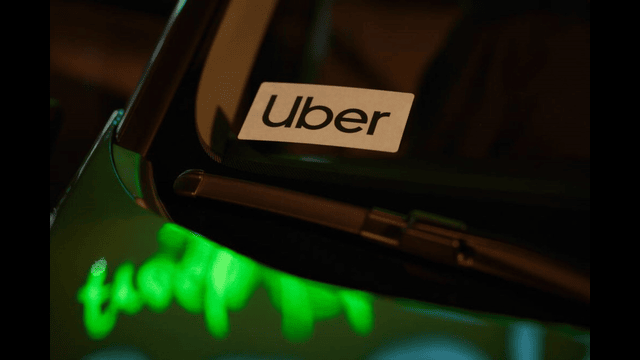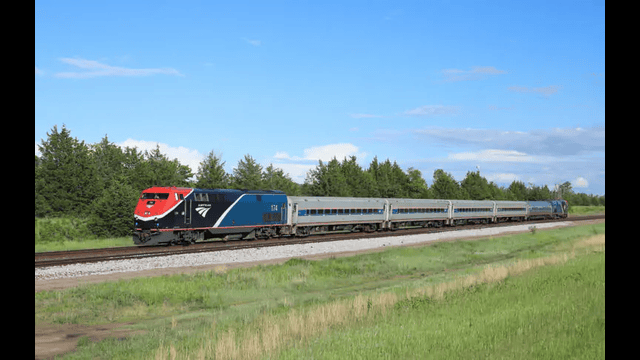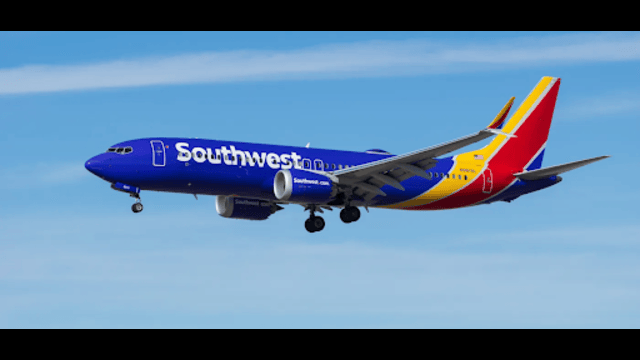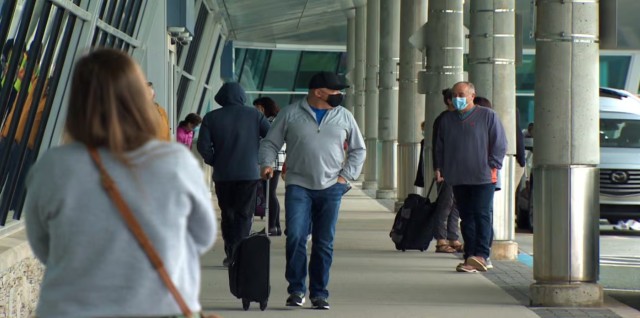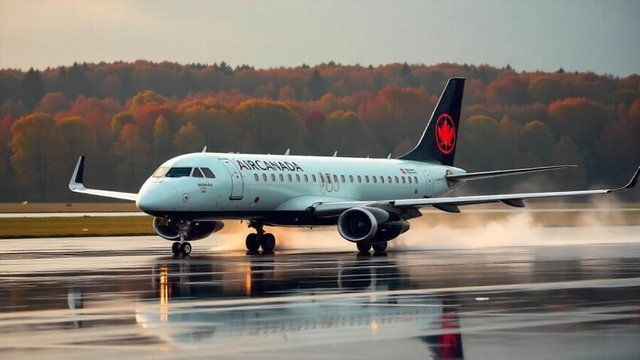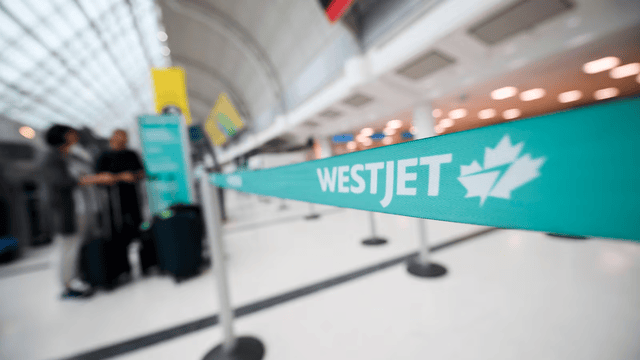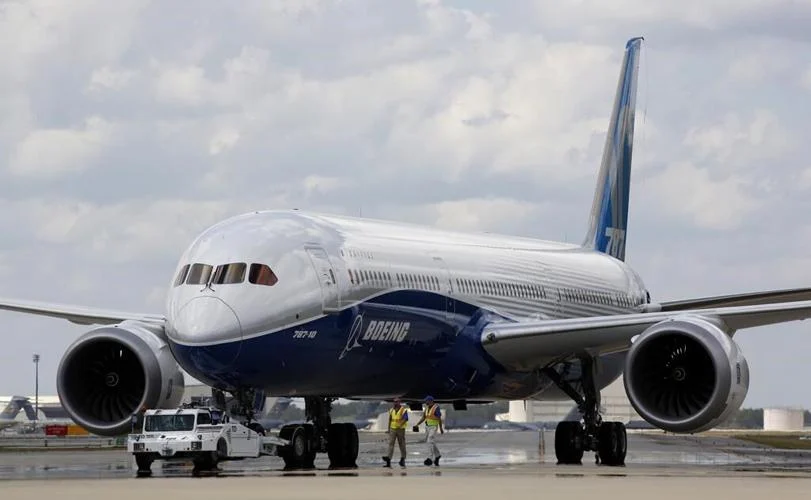
AP Photo/ Mic Smith
An engineer at Boeing raised concerns about the company's rush to increase production, warning that it could result in defective aircraft prone to breaking apart. Testifying before a Senate subcommittee, Sam Salehpour highlighted issues with the 787 Dreamliner, a popular aircraft used primarily on international routes. His testimony coincided with another Senate committee's hearing focused on Boeing's safety culture.
The hearings underscored the mounting pressure on Boeing, particularly following an incident in January involving a door-plug panel detaching from a 737 Max jetliner operated by Alaska Airlines. This incident prompted multiple investigations, with the FBI cautioning passengers from the affected flight that they may have been victims of a crime. Consequently, regulators imposed restrictions on Boeing's production rate, and even minor incidents involving Boeing aircraft garner significant media attention.
Salehpour alleged that employees at a Boeing facility resorted to excessive force to align sections of the fuselage on the Dreamliner. He expressed concerns that this practice could compromise the integrity of the carbon-composite material used in the aircraft's frame, potentially jeopardizing safety.
Drawing from Boeing's own data, Salehpour concluded that the company's manufacturing shortcuts on the 787 program pose significant safety risks throughout the aircraft's lifecycle. Moreover, he recounted a troubling encounter with his supervisor, who seemingly discouraged him from voicing his concerns, implying consequences if he persisted.
In response, Boeing emphasized its strict policy against retaliation and highlighted efforts to encourage employees to report concerns through internal channels. The company noted a substantial increase in employee reports since January, signaling a commitment to addressing safety issues.
Salehpour's testimony marked the first public disclosure of his concerns regarding the 787 Dreamliner and another Boeing aircraft, the 777. Senators expressed shock and dismay at the revelations, underscoring bipartisan concerns over Boeing's practices.
Boeing refuted Salehpour's claims regarding the Dreamliner's structural integrity, citing extensive testing and inspections that found no evidence of fatigue or cracking in the composite panels. Boeing executives also dismissed allegations of workers jumping on fuselage sections of the 777, emphasizing the company's adherence to rigorous safety standards.
Meanwhile, a separate Senate Commerce Committee hearing focused on an expert panel's findings on Boeing's safety culture. Panel members highlighted a discrepancy between Boeing's rhetoric on safety and the reality faced by employees, who reportedly feel pressure to prioritize production over safety concerns. Employees expressed fear of retaliation for raising safety issues, indicating a systemic problem within Boeing's organizational culture.
These revelations further exacerbated criticism of Boeing, which has been grappling with a series of safety failures culminating in the Alaska Airlines incident. The fallout from these incidents has prompted significant public scrutiny, management changes, and calls for accountability within the company and regulatory agencies like the Federal Aviation Administration (FAA).
FAA's handling of the 737 Max approval process also came under fire during the hearings, with critics accusing the agency of being too lenient with Boeing. Despite recent reforms under new leadership, concerns linger over the FAA's oversight of Boeing and the broader aviation industry.
Boeing's stock has suffered a significant decline since the Alaska Airlines incident, reflecting investor concerns over the company's long-term prospects. Lawmakers have called for further investigations and hearings to hold Boeing and the FAA accountable for addressing systemic safety issues and restoring public trust in the aviation industry.




